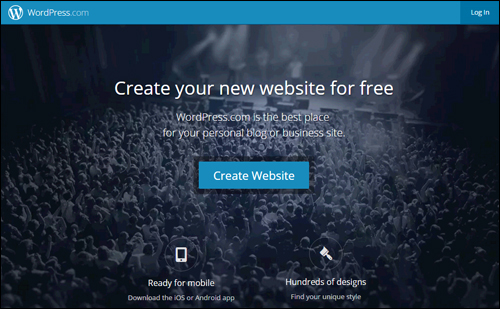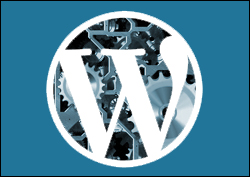
Welcome to Part 3 of our Web Site Traffic Blueprint article series, where we show you how to drive visitors automatically to your site using the WordPress CMS.
In Part 1 of this series, we explained why using an expertly configured WordPress site is the key to automating traffic to your site …
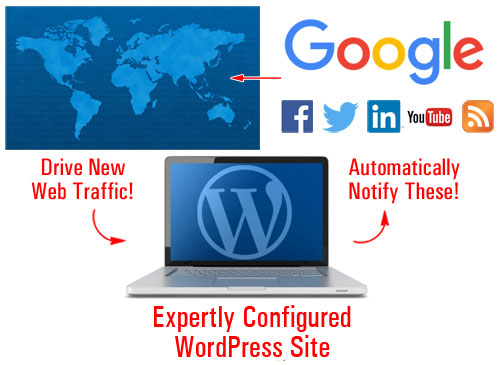
(With an expertly configured WordPress blog, all you have to do is post great content consistently to automatically attract web traffic!)
In Part Two, we focused on the setup phase of the automation process. We helped you understand the best way to get started if you don’t have a web presence yet, how to set everything up if you already have a site, and what to do if your site has been built using WordPress.
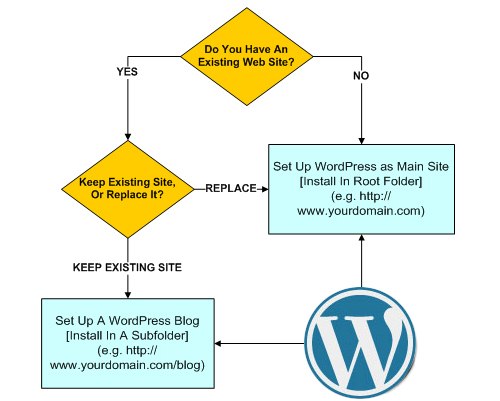
(In Part 2 we show you where to set up a WordPress site on your domain)
In this section of the series, we look at the configuration stage of the traffic blueprint. You will learn how to configure a WordPress site so you can get traffic automatically when you begin to publish fresh content to your WordPress site.
WordPress Traffic Automation System – Configuration Phase
Finding ways to attract more visitors to one’s website is often cited by business owners as the greatest challenge they face online. With business getting increasingly more competitive worldwide, it’s worth learning about any and every advantage available to increase your own competitiveness online.
Having the ability to generate traffic on demand can be a huge advantage over the competition. With an expertly configured website, your business has an immediate advantage from the very start.
The Configuration Process Is The Difference
There is a difference between an expertly configured WordPress site and a website that has been professionally installed and set up by an expert website developer but not necessarily configured to take advantage of everything WordPress has to offer.
Here’s a simple way to describe the key difference:
An expertly configured WordPress site gives you a web presence plus online business marketing automation!
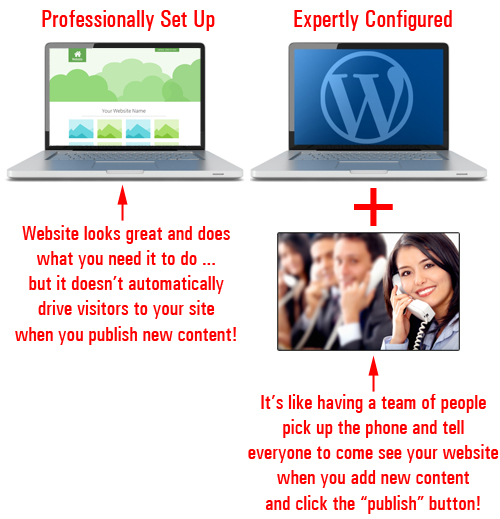
(An expertly configured website gives you a professional web presence with a built-in automated online business marketing system!)
Not only is extra work required to build and integrate an automated online business marketing system into your website, but also a special type of expertise.
To illustrate this point here’s a little story.
A Semi-True Story …
Everything is moving along in the widget assembly line when things suddenly grinds to a stop.
No one can figure out what’s happened and so the manager decides to call in an expert to try and fix the problem.
Promptly after arriving, the expert immediately goes to the main control box. After staring silently at the board for 3 minutes, the expert then produces a tiny hammer from his tool belt and makes a single tap about three and half cm from the right-hand edge of the unit.
Immediately, everything begins to work again.
The manager is grateful and relieved as he thanks the expert, who leaves as quickly as he had arrived.
A few days after resolving the incident, the factory manager receives a request for payment of $5,000.
Confused and bewildered, the factory manager calls the expert. Why had they had been charged so much for less than five minutes work? He then requests an itemized invoice to be sent and hangs up.
The next day, an invoice arrives and is placed on the manager’s desk. Upon opening the envelope, this is what he sees:
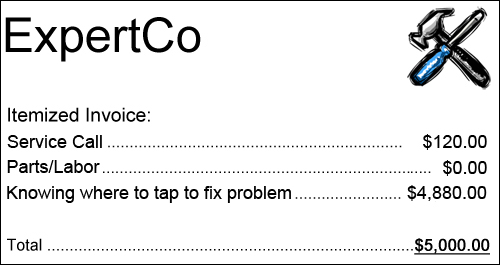
The number one challenge most businesses face online is being able to consistently drive web traffic to their sites.
How much money did the factory stand to lose when production ground to a halt and no one on the factory floor was able to fix it? Did the expert not have every right to ask to be compensated fairly for years spent developing the knowledge and expertise that enabled him to immediately repair a very costly problem?
Similarly, if you could have your blog set up and configured so all you had to do is publish new content and Google, Facebook, Twitter, LinkedIn, Pinterest and dozens of other traffic-generating online properties would be immediately notified, how much time and money would this save you?
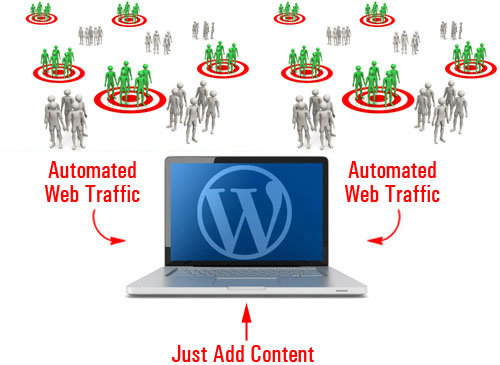
(How much better would your business be if you could automate the process of driving traffic to your site?)
Although the solution to many problems is often quite simple once it’s been implemented, it rarely turns out to be that way.
Knowing how to expertly configure a WordPress site involves more than installing a website and configuring some of the site settings for a client. It also requires knowing where to tap! This includes knowing things like:
- Which plugins need to be installed for specific things to occur on your site.
- Which services need to be set up and activated to get desired outcomes
- Which options you need to configure to ensure that everything will function as envisioned, etc.
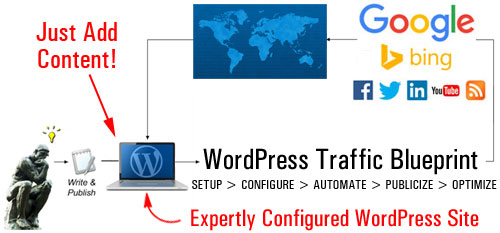
(Driving web traffic automatically with WordPress is a process that requires knowledge and expertise)
This part of the traffic automation system is not so technically difficult, but it’s quite involved and time-consuming. It’s not as easy as installing and configuring a plugin, clicking a couple of buttons, or configuring some settings in your admin area … it’s all of this and so much more.
Expertly configuring your website is a process that involves your web server, your website or blog, and various third-party sites and services …
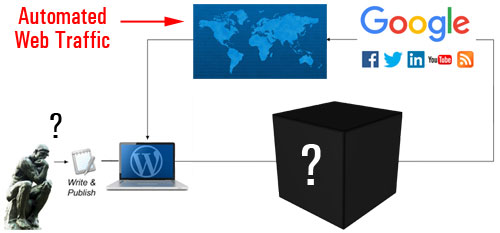
(The configuration stage involves more than just configuring a few settings in WordPress)
If the steps involved in the configuration process were to be flowcharted, it would look like this …
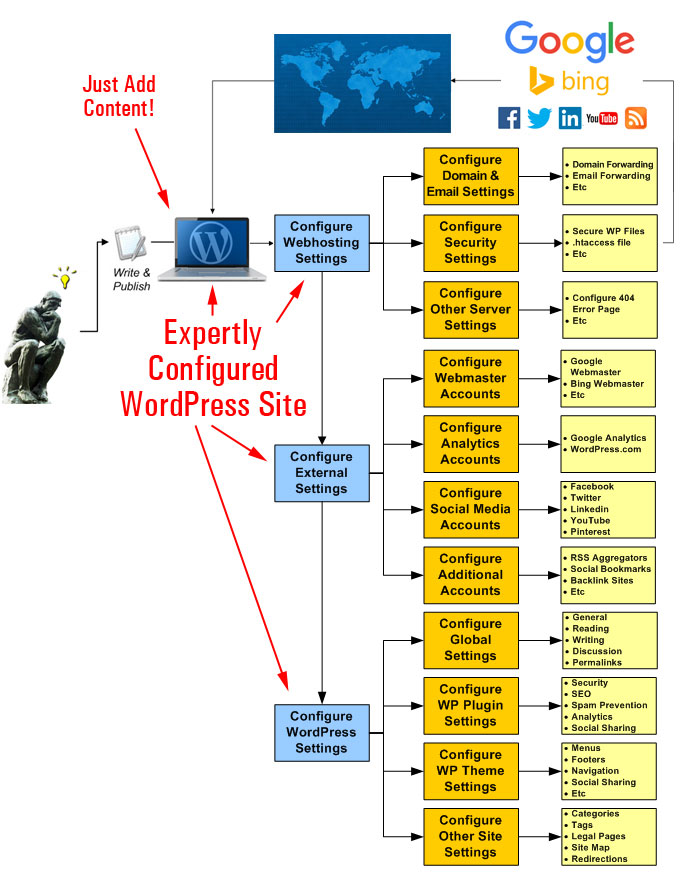
(A simplistic flowchart of the activities involved in the configuration process)
Let’s take a look at these areas in more detail.
Server Configuration
We’re not talking here about the process of configuring your webhosting account for website installation purposes. What we are talking about, is tweaking settings in your web server that affect how your website will handle web traffic …
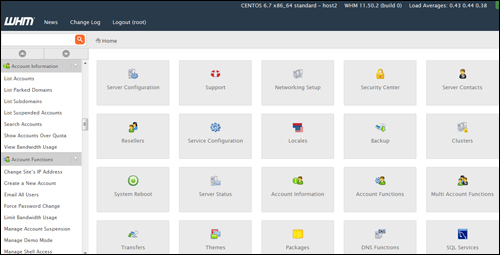
(During the configuration phase, your server settings need to be checked for handling both good and bad traffic)
Not all web traffic is positive traffic. Some of the web traffic your business may attract will be unwanted traffic like bot spam, security threats, brute-force bot attacks, etc.
This part of the configuration process, therefore, is about evaluating your needs, planning for both bad and good traffic and adjusting settings in your server accordingly. This includes things like integrating server-level spam protection and securing server files, to configuring domain and email forwarding, setting up 404 error page redirections, etc …
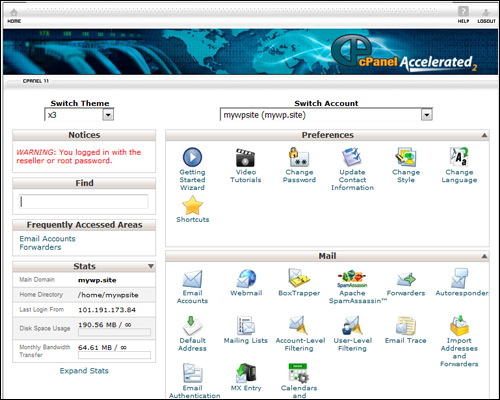
(Have you configured your hosting control panel settings for handling things like email forwarding, page error redirections, etc?)
Once your server settings have been fine-tuned and configured, the next step of the configuration phase is to set up a number of third-party sites or online services.
External Accounts
The purpose of choosing external sites is that all of your content is published to a central location (your site) and from there, it then gets automatically distributed to other parts of your web traffic system, or notify traffic-related web properties and applications.
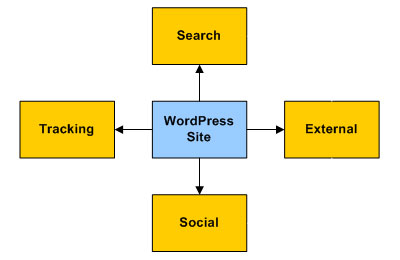
Once these external platforms have been added to your traffic system, content with links pointing back to your website is automatically published on search, social and aggregator accounts. Your content and business will be given added exposure to new sources of traffic and new audiences.
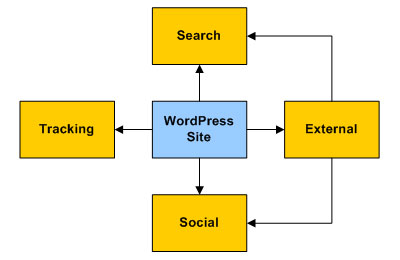
Some web properties and online services will need to be set up before configuring your site’s settings to help speed up the process and some will need to be done later, during the automation phase.
For example, you will want to set up the following accounts before configuring your WordPress site:
Google Webmasters
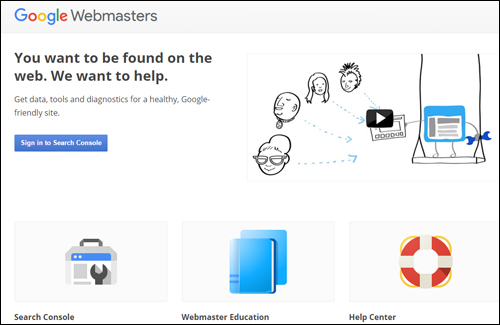
(Google Search Console)
Google Webmaster Tools lets you inform Google about your site’s pages, submit XML sitemaps for automatic page indexing, and provides site owners with a range of important information, tools, and diagnostic reports about their website.
Once your Google Webmaster Tools account has been set up, this information can be used with web traffic settings in WordPress and other applications.
Google Analytics
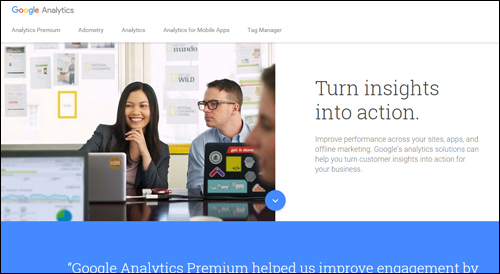
(Google Analytics)
Google Analytics lets you improve your website’s results, SEO, marketing campaigns, sales conversions, and more, by tracking all user behavior, pages visited, keywords searched for, search engine referrals, etc.
After setting up your Once you have set up Google Analytics, you can add your account information to all of your web pages in WordPress using any of several Google Analytics plugins and send data instantly to other applications.
Bing Webmaster Tools
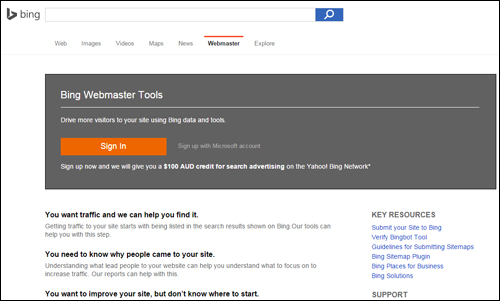
(Bing Webmaster Tools)
Bing Webmaster Tools is similar to Google Webmasters. After setting up your Bing Webmaster Tools account and entering site details, this information can be used with traffic-related settings and notifications in WordPress (e.g. using plugins like Yoast SEO – see further below) and other applications.
WordPress.com
(WordPress.com)
As discussed in Part Two, WordPress offers the option of a hosted vs self-hosted website. We recommended choosing the self-hosted WordPress version if you plan to grow a professional online presence for your business.
WordPress.com (the hosted option), however, provides some great features, which can be accessed by a number of WordPress plugins. We recommend setting up an account with WordPress.com, therefore, and we’ll explain how to integrate these features into your traffic generation system in the next installment of this article series.
Social Media Pages

(Syndicate your content automatically to your social media and social bookmarking accounts and attract new traffic to your site)
You will need to set up your social accounts before you can configure these as part of your traffic generation system.
After setting up and configuring everything, you will be able to syndicate your content automatically to your social media accounts and get new visitors to your site.
Set up profiles with all the main social networks – Facebook, Twitter, YouTube, Pinterest, LinkedIn, etc.

There are lots of social sites you can set up and post your content to. You don’t need to go crazy, just pick those that will work with your system and/or content syndication tools.
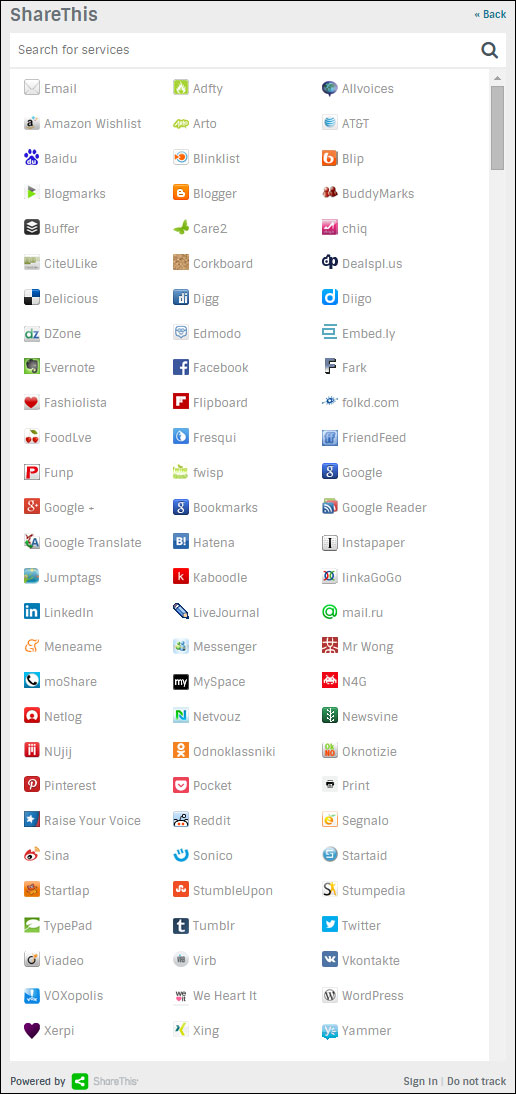
(You can syndicate your content to many social sites. Image source ShareThis.com)
Additional Solutions, Aggregators, Etc.
There are a number of emerging technology platforms and RSS aggregators that can act as second-tier traffic generation sources. Some are free or provide free accounts, and some offer a range of pricing plans.
For example, here is a content aggregator that lets you add a feed from your website …
RebelMouse
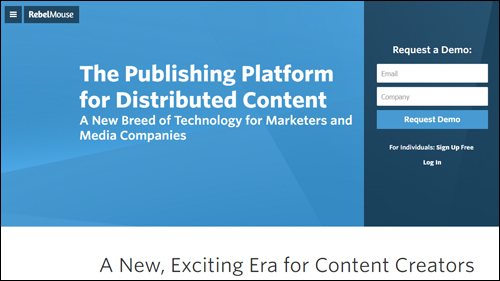
(RebelMouse)
RebelMouse is a news aggregator for your social profiles and RSS feeds. Your content is displayed in a Pinterest-like format and visitors can follow your RebelMouse page.
![]()
There are many different technologies and third-party applications that can be incorporated into your own traffic blueprint. Please feel free to contact us if you need assistance exploring some of these further, or to discuss a configuration plan to suit your needs.
Once you have configured your server settings and set up external service accounts, it’s time to configure your site.
WordPress Configuration
The first step in configuring your WordPress site for traffic is to ensure that its global settings have been set up correctly.
Let’s go over some key areas.
WordPress – Global Settings
The WordPress dashboard area contains a Settings section that allows you to modify your site’s main settings …
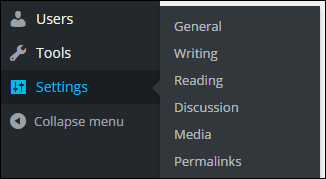
(WordPress admin menu – Settings)
General Settings
Fields like Site Title and Tagline can influence your site’s SEO, search listings, etc …
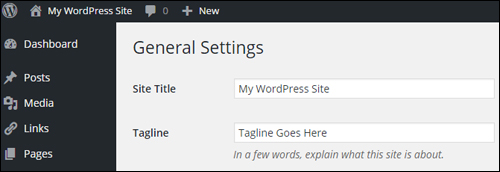
(WordPress Settings – General Settings Section)
Writing Settings
The Writing Settings area contains one of the most important and often overlooked automated traffic notification systems available to website owners …
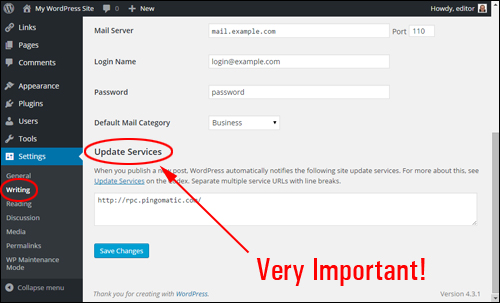
(WordPress Settings – Writing Settings Section)
As described in the Update Services section,
When you publish a new post, WordPress automatically notifies the following site update services …
Unless you have specifically chosen to discourage search engines from indexing your site – see next section, then your site will automatically notify the services entered into the Update Services text area
By default, only one service is available …
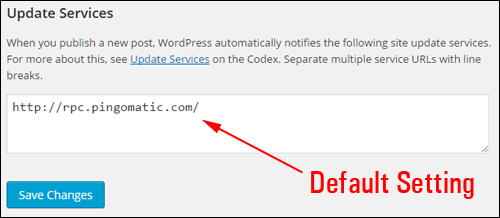
(Update Services)
WordPress lets you notify dozens of update services automatically …
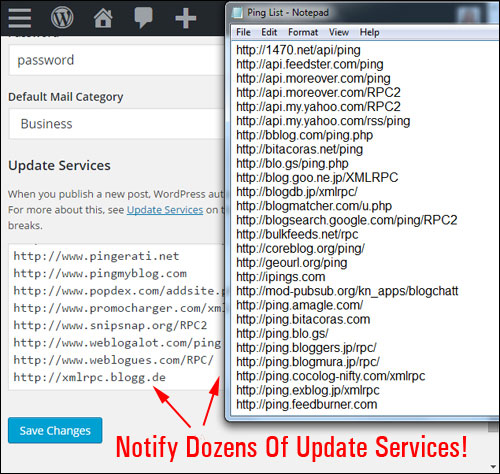
(Notify dozens of update services automatically!)
![]()
Download A Comprehensive List Of Ping Services For Your WordPress Site!
Click the link below to download a comprehensive list of reliable and authoritative ping services for your WordPress site or blog:
Download A List Of Ping Services For Your WordPress Site
***
Note: If you need help setting up the list of ping services on your site, we recommend using a professional web services provider. You can find professional WordPress service providers in our WordPress Services Directory.
Reading
This section affects how visitors will see your content when they visit your home page and blog pages.
The syndication settings on this page can have an influence web traffic. For example, your choice of displaying the full content vs summaries of your post, affects how your content shows up in RSS readers and RSS email campaigns, and could play a part in someone’s choice to explore your site further, and whether or not they will visit your website or blog to read the rest of the content from summaries, or read the content in full without the need to click through to your site.
As far as your traffic system is concerned, however, the most important setting here is whether the Search Engine Visibility check box is enabled or not.
Generally, you want search engines to visit your site. Leaving this box unchecked enables your site to notify the list of update services when new posts get published (see Writing Settings above). Unless you have a specific reason to discourage search engines from visiting your site, make sure this box is left unticked …
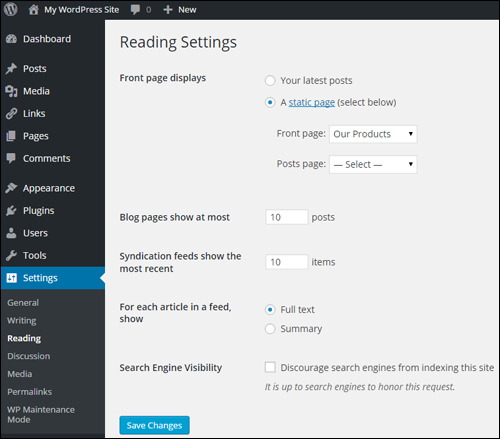
(Settings Menu – Reading Settings)
Discussion Settings
Although the settings in this section are mostly concerned with how users engage with content on your site, you have the option to allow notifications to sites linked to from your posts, and to allow link notifications from other blogs (pingbacks and trackbacks). This can work for you, but it can also drive bad traffic in the form of SPAM comments …
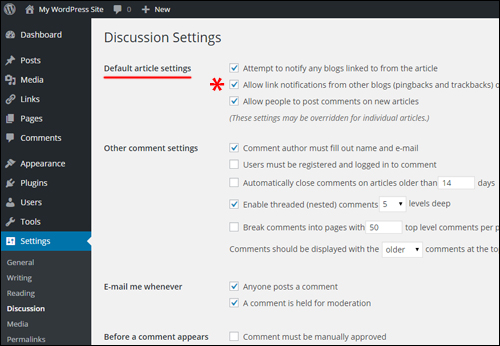
(Settings Menu – Discussion Settings)
Permalink Settings
Permalinks allow you to display posts with search engine-friendly URLs …
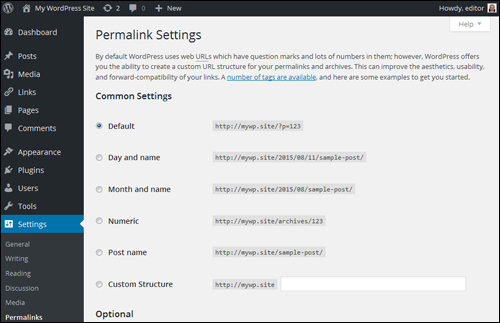
(Settings Menu – Permalinks Section)
The examples below show some of the ways permalink URLs can be configured …
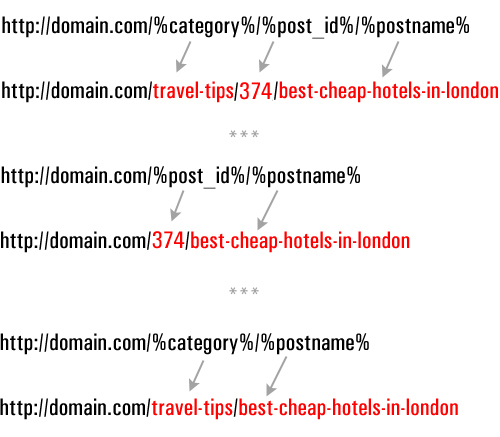
(Configuring permalinks)
If you need help setting up WordPress permalinks, refer to this tutorial: Using Permalinks To Improve Your WordPress SEO
WordPress – Traffic Plugins
WordPress provides users with thousands of plugins that help to add almost every kind of functionality imaginable to your site, including plugins that add traffic generation capabilities.
Let’s take a brief look at examples of plugin categories and plugins that can help to bring more visitors to your site
Blog Defender Security Plugin
Once again, it’s important to configure your website for dealing with the effects of both good traffic and bad traffic. No website or blog is completely immune from being attacked by hackers.
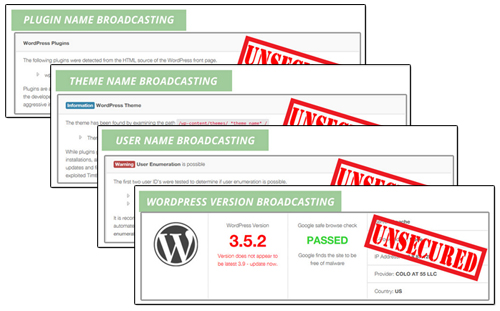 (Security Plugins help prevent bad traffic from harming your web presence)
(Security Plugins help prevent bad traffic from harming your web presence)
Security plugins like Blog Defender help to make your WordPress blog invisible to attacks from hackers and bots.
For more details, go here:
SEO Plugins – Yoast SEO
SEO plugins help drive more traffic by making your website more search engine friendly …

(WordPress SEO plugins like Yoast SEO help drive traffic by improving the search engine friendliness of your website)
A plugin like Yoast SEO can significantly improve your site’s search engine optimization. When properly configured, the Yoast SEO plugin not only makes your website easier for search engines like Google and Bing to find, crawl and index, it also gives you control over how your content is displayed to Google’s search results and social media pages, e.g. Twitter, Facebook, and Google+.
WordPress Social Plugins
Allowing your visitors to easily share your content online can help drive more traffic to your site, especially if you publish content that adds value to readers.

(WordPress users can easily add social sharing features to their website with WordPress plugins)
You can easily add social features to your website using free or inexpensive WordPress plugins.
Many social share plugins let you select which sites visitors can share your content to, embed social buttons into your content, set up custom post messages, display/hide share counters (e.g. number of followers), etc. Some plugins even allow you to set up protected content sections on your site which visitors can unlock by linking or tweeting your page.
WordPress – Traffic Features In Themes
As well as configuring various plugins, many WordPress themes also include features that help improve your site’s traffic generation capabilities.
For example, as well as options and settings for configuring layout and design aspects of your website, many themes also provide built-in features that let you improve SEO and site linking structure for better indexing, easily add tracking snippets, social sharing buttons, etc …
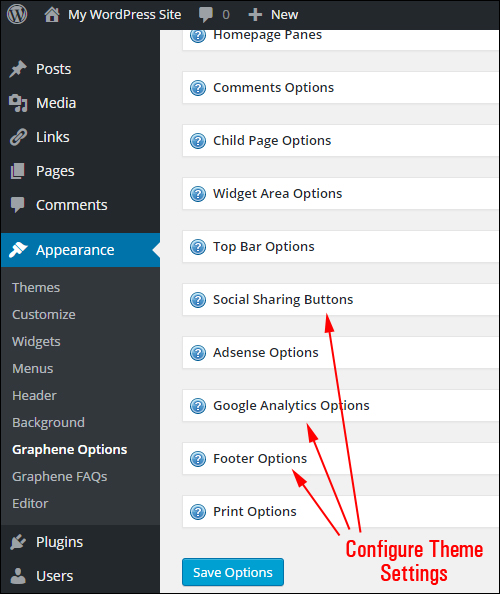
(Many WordPress themes like Graphene (a highly customizable free theme) include built-in traffic optimization features)
With a number of themes, adding social sharing buttons to your pages is as easy as clicking a button …

(Many WordPress themes provide built-in social sharing features that can be easily enabled on with the click of a button)
Additional Features To Configure For Improved Traffic Results
Last but not least in the web traffic system configuration process, are the components that need to be configured outside of the global settings.
These include the following:
Website Compliance Pages
Once again, when preparing your website for a growth in visitor numbers, it’s important to plan not only for both good and bad traffic but also for all the situations that can cause serious damage to your business as more and more people begin to visit your website.
If you are making money online, you need to make sure that your site complies with regulatory agencies.
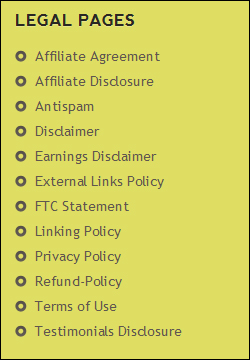 (Does Your Site Comply With All Legal Requirements?)
(Does Your Site Comply With All Legal Requirements?)
If you need help understanding how to quickly and easily add legal pages to your WordPress website or blog, refer to this article:
WordPress Post Tags And Categories
Tags & categories help search engines index your pages, which helps you get more traffic.
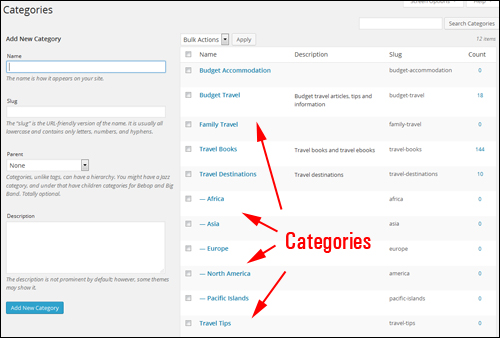
(Categories help improve traffic by allowing search engines to better organize and index your web pages.)
As we strongly recommend in this article, your website’s post categories and tags should be reviewed and set up earlier on, during the Website Planning Phase.
In the configuration phase, you will want to review and make sure that your site’s post tags and categories have been correctly set up to deliver optimal results.
A Site Map Of Your Posts And Pages
A site map that displays all of your site’s pages and posts to visitors is not only a useful navigation tool, it can also help external tools find more of your website content …
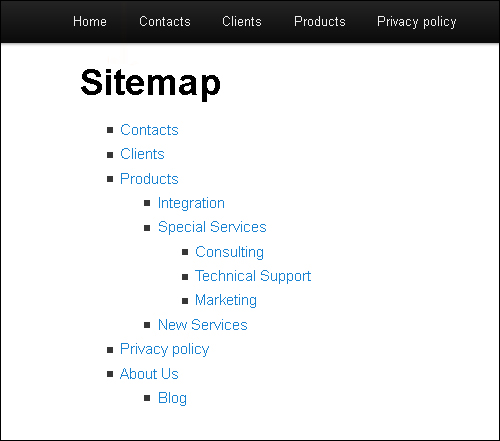
(A site map is not just great for visitors, but for traffic too!)
![]()
It’s important to note that an HTML site map and an XML sitemap are two different things. An HTML site map is a web page that links to all other content on your site, while an XML sitemap is mostly code that only search engines can interpret. Although Google can index your site just using an XML sitemap (which plugins like Yoast SEO will create for you – see earlier section), making it easier for visitors to find more pages on your site results in increased traffic.
404 Page – Another Source Of Traffic!
When visitors type in the wrong web address or click on an invalid link, they will typically be presented with a 404 error page …
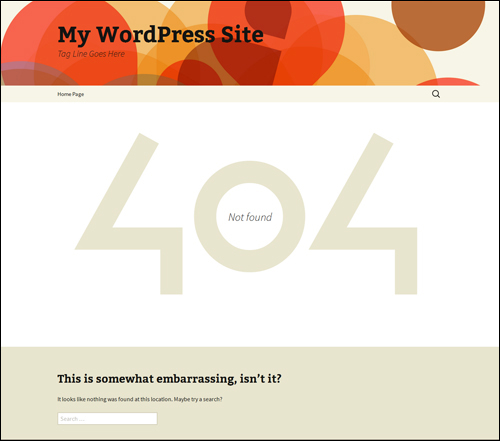
(Default WordPress 404 Error Page)
A 404 Error Page can be turned into a useful source of traffic to your functional web pages …
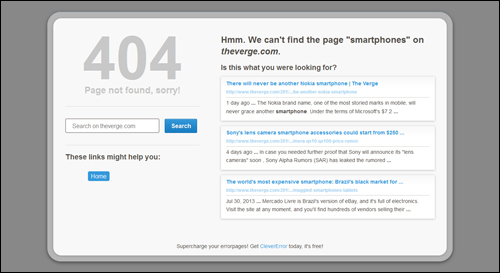
(Configuring your 404 Not Found page allows you to redirect web traffic that may otherwise be lost.)
![]()
Although a 404 page can be set up on your server, there are plugins for WordPress that allow you to easily configure your 404 page from your WordPress admin area.
WordPress Traffic System: Configuration Stage – Summary
Once your website has been expertly configured and fully set up, all you then need to do is post great content consistently to attract new web traffic organically.
The process of expertly configuring your WordPress site, however, is quite involved , requiring the configuration and integration of different elements and external web properties …
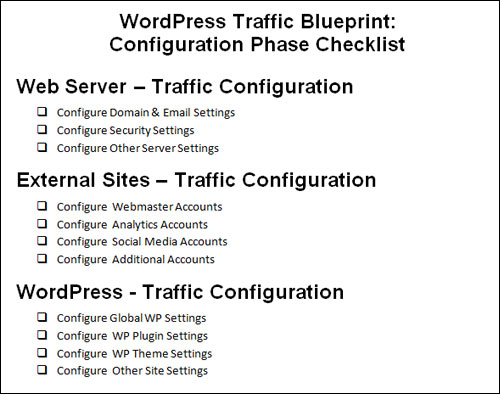
(Traffic Blueprint – Configuration Phase Checklist)
![]()
The skills and expertise required to perform this process can take many web professionals a long time to learn.
Once you have configured your WordPress site, the next step is to automate as much of the process as can be automated. This step is covered in the next section of our series.
This is the end of Part Three
To read more, click on the link below:

![]()
This article is part of a comprehensive series of tutorials aimed at helping you learn how to grow your business online and drive traffic automatically using a WordPress-powered website and proven marketing strategies that are easy to implement.
Subscribe To Our Site And Get Notified Of New Tutorials!
***
"If you're new to WordPress, this can stand on its own as a training course and will stay with you as you progress from beginner to advanced and even guru status." - Bruce (Columbus, Ohio)
***

